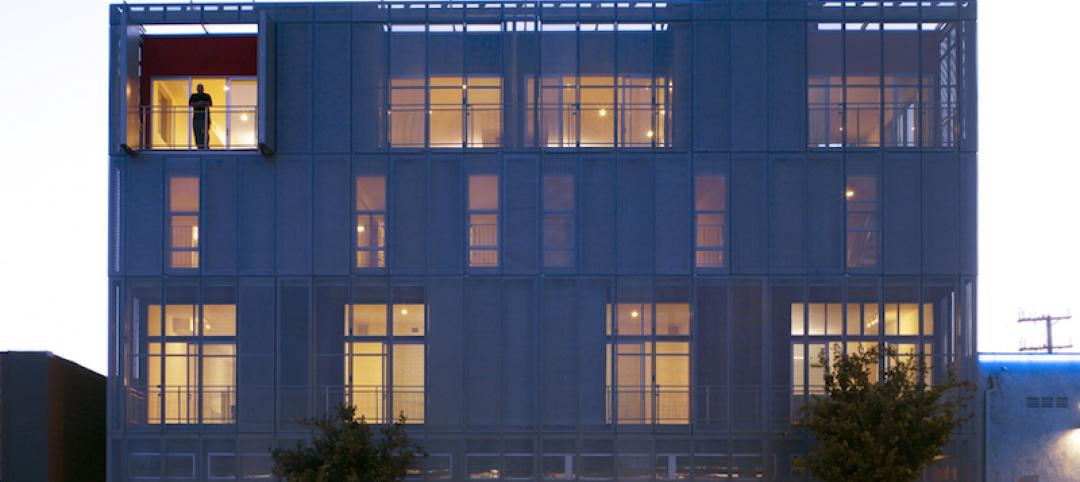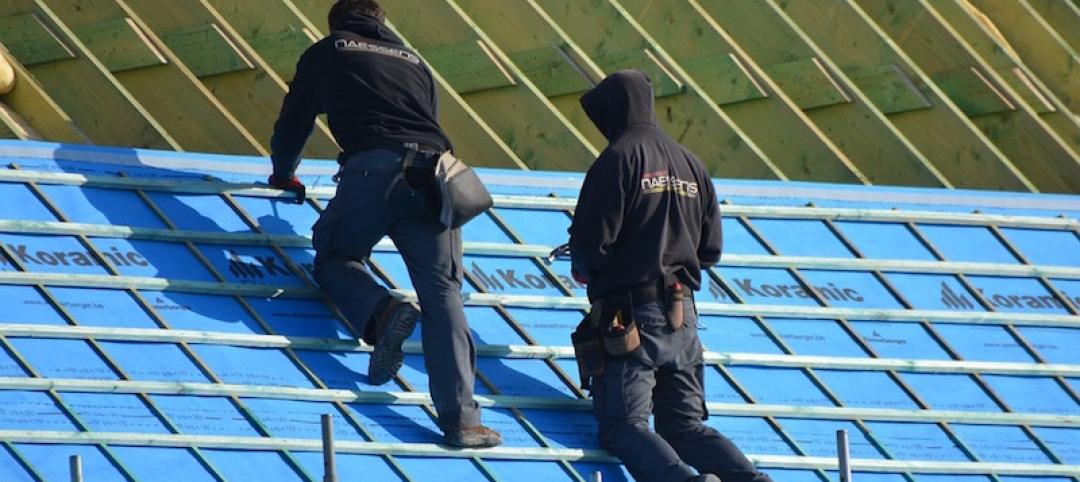California’s recently announced ban on the sale of new gas-powered vehicles starting in 2035—and New York’s recent decision to follow suit—are putting pressure on multifamily property owners to install charging stations for tenants.
Owners have numerous business models and potential partners that offer multiple types of incentives, making the formation of a strategy a complex undertaking. They must consider the costs for chargers and the potential need to install additional electrical capacity costing up to six figures per apartment building.
One option is to outsource chargers to third-party vendors, but vendors may be cool to the idea because of the current lack of a critical mass of users. Even if this option is available to them, owners could still be on the hook for installing electric infrastructure to support charging stations.
Some programs have been created to address that need. Southern California Edison, for example, earmarked $436 million to install 35,000 charge ports. The program focused on disadvantaged communities with 30% of funds dedicated for multifamily homes.
While that program has proven to be popular, attracting twice as many applicants as it can serve, the utility expects to run out of these funds by the end of the year. It’s important that landlords find solutions to the charger challenge soon, with demand from renters predicted to grow significantly in coming years as declining sticker prices of some EV models make them more attractive to a wider swath of the population.
Related Stories
Codes and Standards | Dec 8, 2016
WELL and BREEAM to align standards
The goal is to make it easier for projects pursuing both standards.
Codes and Standards | Dec 7, 2016
U.S. lumber industry pushes for import duties on Canadian softwood
The industry claims the product is being sold below fair market value.
Codes and Standards | Dec 5, 2016
International Construction Measurement Standards draft released
The goal is to improve consistency for calculating costs and reducing risk.
Codes and Standards | Dec 2, 2016
D.C. Council passes bill to reduce number of blighted properties
The new legislation reduces the amount of time a vacant property can qualify for a lower tax rate.
Codes and Standards | Dec 1, 2016
Passive House standard gaining influence in commercial sector
Some industry watchers predict it will become the base building code.
Codes and Standards | Nov 30, 2016
Researchers finding solutions to bird/building collisions
Glass facades pose a serious risk to birds and cause millions of avian deaths each year.
Codes and Standards | Nov 29, 2016
New OSHA rules to reduce fall and trip hazards
Employers can choose from a variety of fall protection systems.
Codes and Standards | Nov 29, 2016
Seattle imposes new construction regulation to address rat problem
The city ranks first in U.S. in rat population.
Codes and Standards | Nov 28, 2016
Construction groups sue New York City over crane safety regulation
The rule bans cranes from operating when wind exceeds 30 mph.
Codes and Standards | Nov 28, 2016
Marines plan first net zero energy military base
The Albany, Ga., site will have ground source heat pumps and a biomass generator.

















